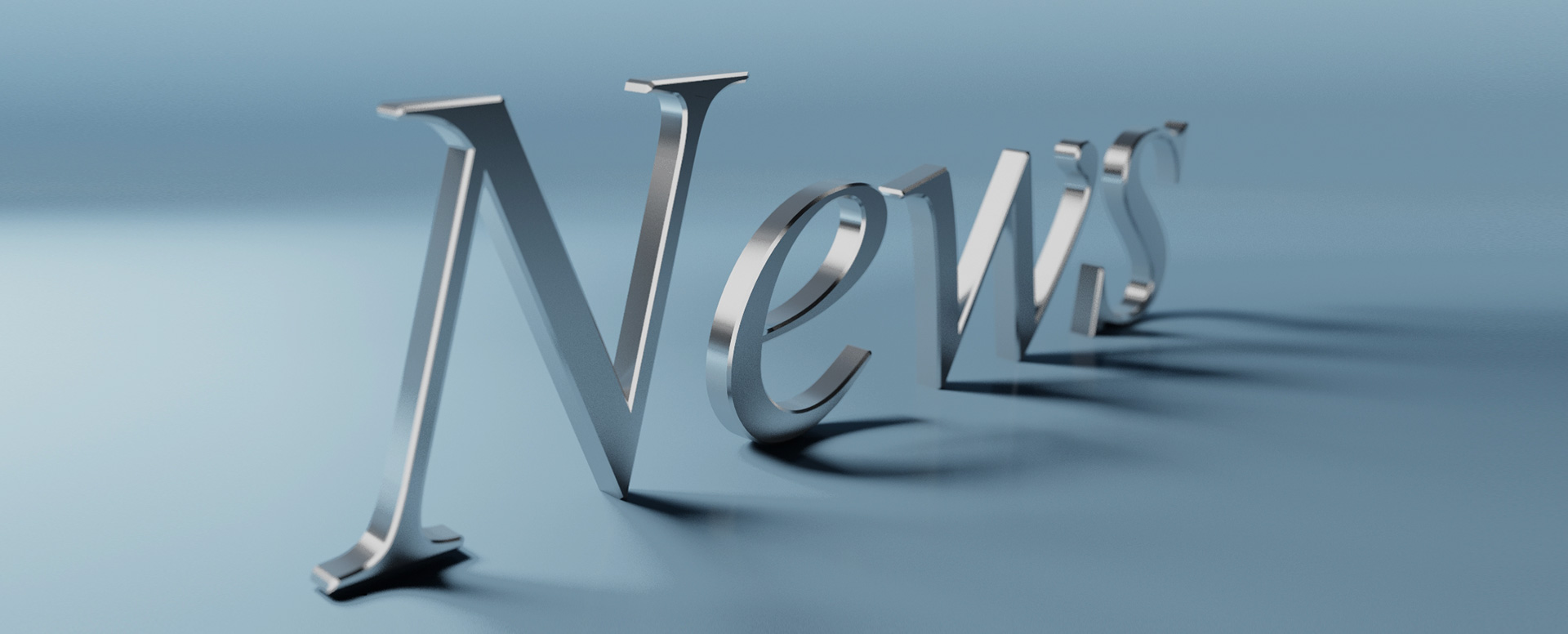A brief history | How are turbines "tempered"?
Turbocharging technology is now widely used in all kinds of car models, but who would have thought that just half a century ago, almost no one had heard of turbines?
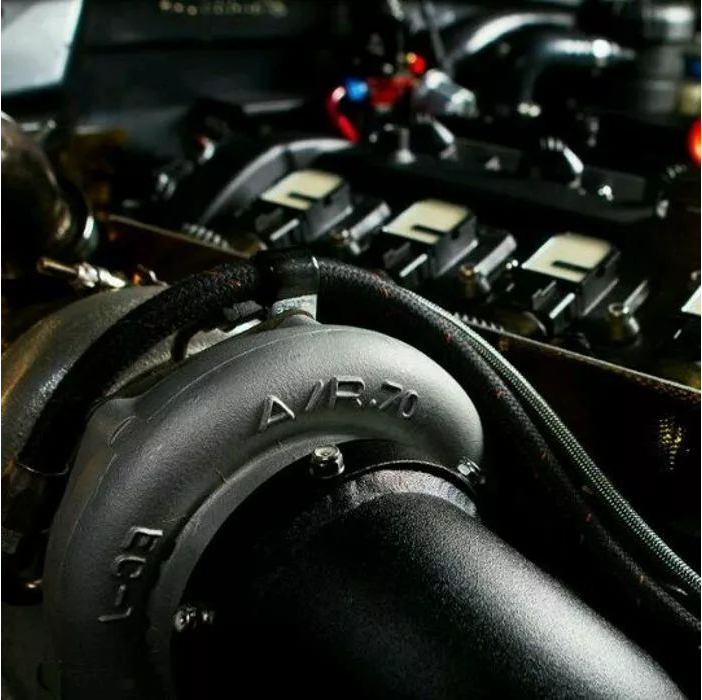
Even if you are a die-hard fan of naturally aspirated engines, there is no denying that the emergence of turbochargers has had an indelible impact on the automotive industry. Whether it's petrol or diesel, tall like the Ferrari 488 GTB or down to earth like the Volkswagen Golf, you can see the shadow of the turbocharger. From birth to popularity, what kind of course has it gone through?
The appearance of the first turbocharged model
The "age" of the turbocharger is actually equivalent to that of the internal combustion engine, but at the beginning of its birth, no one thought of applying it to the civilian vehicle engine. It was first widely used in aircraft engines, but because of its large size, it is obviously impossible to install it in a car engine. But because the benefits it brings are so obvious, it's only a matter of time before it can be used in cars.
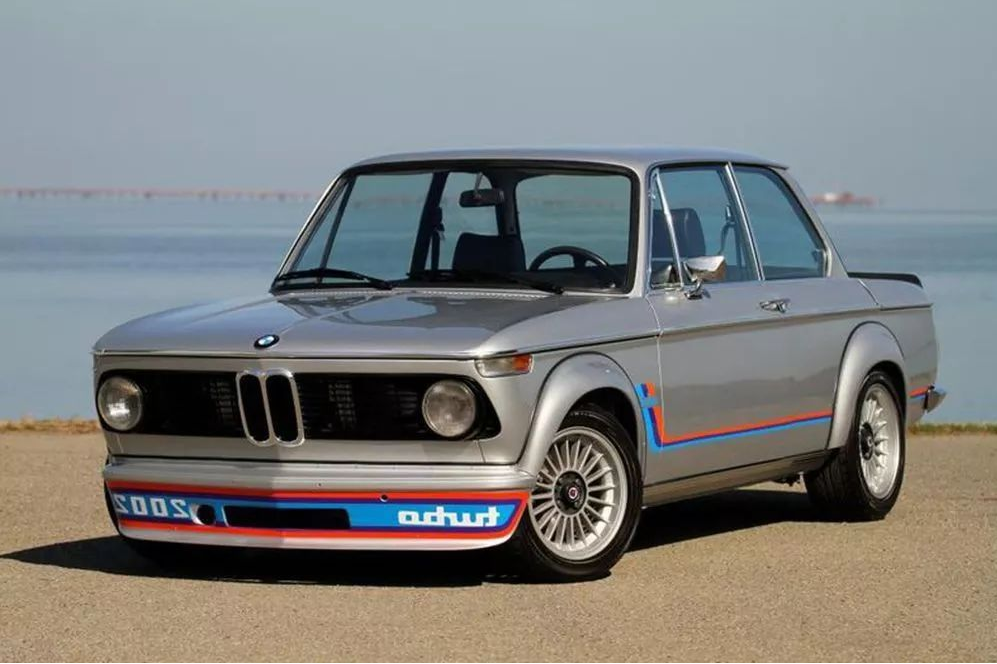
The first to use Turbo technology in car engines were European automakers - the Porsche 930, Saab 99 Turbo and BMW 2002 Turbo were among the first to use turbocharged engines. Yet it is American manufacturers who are squeezing more out of turbine technology. In 1962, General Motors decided that Oldsmobile Cutlass's 3.5-liter V8 engine was underpowered, but Oldsmobile did not replace it with another GM V8 engine. Instead, Oldsmobile teamed up with Garrett, an industrial turbine manufacturer. Built the legendary JetFire V8 engine.
In the 1960s, how to apply turbochargers to cars aimed at the general public was a huge challenge for engineers. The JetFire engine has a compression ratio of 10.25:1, making it vulnerable to engine knock without a modern engine management system. To solve this problem, Oldsmobile created a system that injected "Turbo-Rocket liquid" (a 1:1 mixture of water and methanol) into the cylinder.
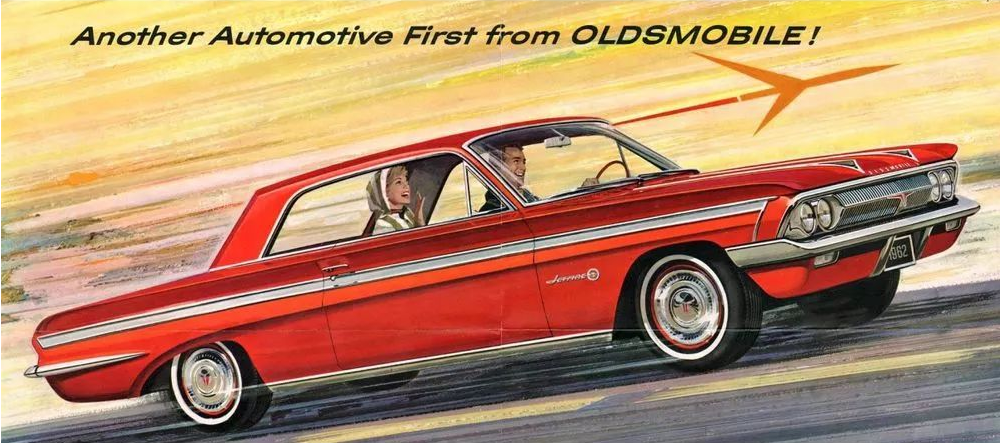
Although the Jetfire-powered Cutlass model was significantly faster than its naturally aspirated counterpart, it failed to gain traction due to its high price. The Turbo-Rocket liquid injection system also proved to be an impractical solution, and the JetFire was canceled a year later, with fewer than 4,000 units sold.
Small advances in turbocharging
Although the JetFire failed in the market, the automotive industry soon began to tap the potential of turbochargers again. In 1965, a second mass-market turbocharged model was introduced, again from the United States. The International Harvest Scout uses a 2.5-liter turbocharged four-cylinder engine that boasts 110 horsepower, 20 horsepower more than the same naturally aspirated engine. What's more, it can completely use ordinary grade gasoline and no longer needs the aid of water-methyl liquid.
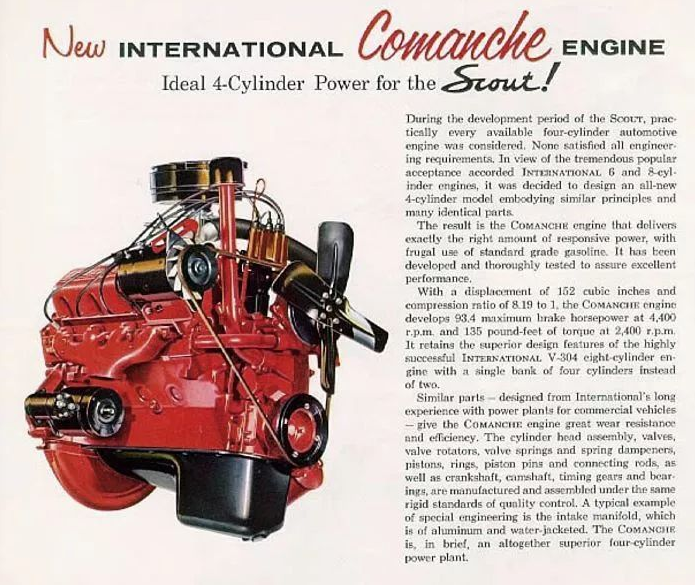
But just two years later, IH decided to ditch the turbo in favor of a non-turbocharged 3.2-liter four-cylinder. It turns out that naturally aspirated engines with larger displacement are able to consume less fuel than turbocharged engines while producing the same amount of power. With the arrival of the 1974 oil crisis, the prospects for turbocharged engines looked even bleaker.
Turbocharged 'Go viral'
In 1973, car manufacturers began to see the potential of turbines to make cars go much faster. That year, the BMW 2002 Turbo went into mass production, and although the speed of the model was indeed greatly improved, it suffered from serious turbo lag and high fuel consumption, and was even considered a safety hazard. Like the JetFire, it was discontinued a year after its launch.
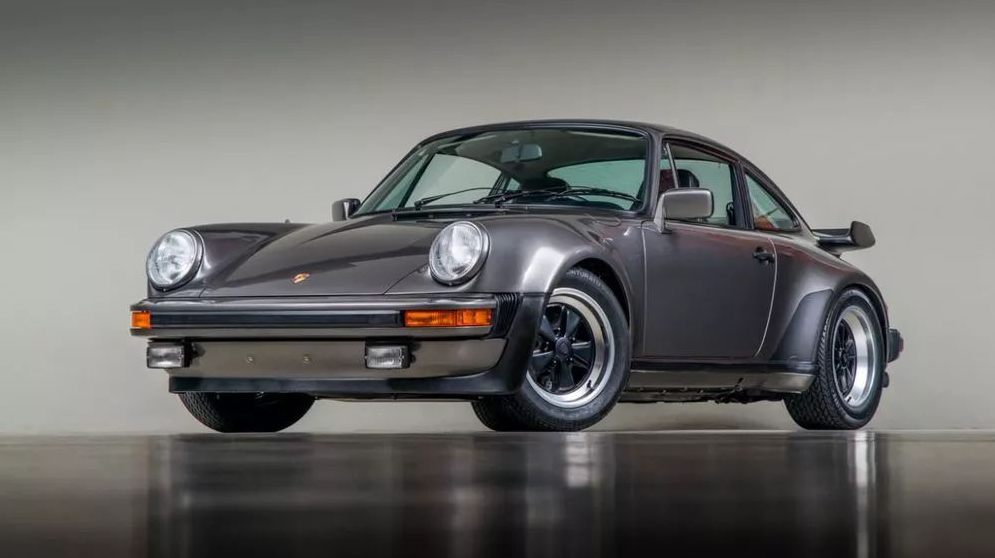
Just as the 2002 Turbo "died", the Porsche 911 Turbo was born. When the first model was introduced, it became the fastest production car in the world. For turbocharged engines, this is undoubtedly a very important milestone. From then on, people's enthusiasm for turbocharging began to rise, and the Saab 99 Turbo was also introduced during this period.
When diesel engines meet turbocharged
1978 was a special year for turbochargers. That year, Buick equipped the Regal with a turbocharged V6 engine, which eventually evolved into the high-volume Grand National model. But more importantly, that was the year the turbodiesel engine was born. The Mercedes-Benz 300SD was introduced that year with the Garrett turbocharger, revolutionizing the diesel engine.
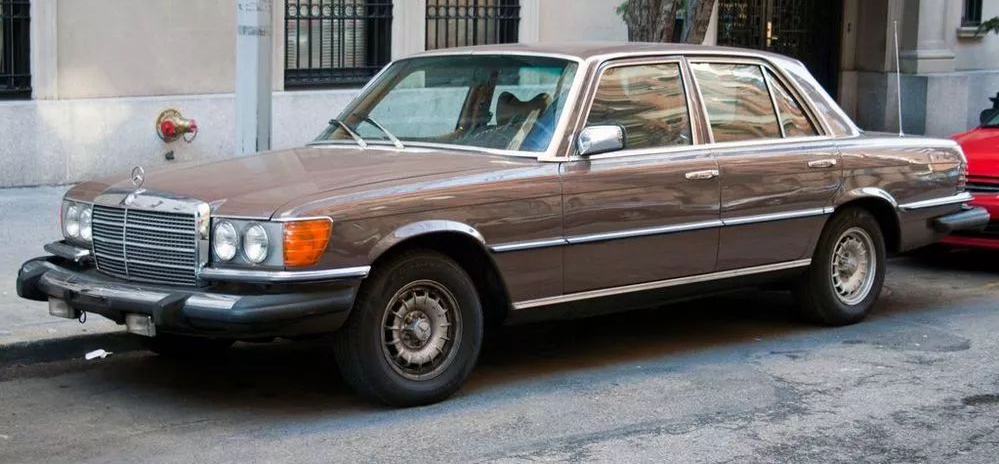
While it's still debatable whether naturally aspirated or turbocharged is better for a petrol engine, turbo is much more effective for a diesel engine. Since the diesel combustion cycle depends on high compression, forced air intake is an easy way to boost power and efficiency. Turbocharging also proved to be better suited to diesel engines than naturally aspirated ones, and since the introduction of the turbodiesel Peugeot 604 in 1979, half of the civilian cars in Europe have adopted such a power mix.
How is one turbine enough?
If you can fit one turbocharger on the engine, it should be possible to fit two - Maserati thought so in 1981, and thus the Biturbo was born. Although it was not a great car, it was the first commercial car sold in the world to use a twin turbo. The theoretical basis of twin turbines is that two turbines working in parallel can reduce turbine hysteresis, although it is not always the case in reality, but it does make a small contribution to the power of the vehicle.
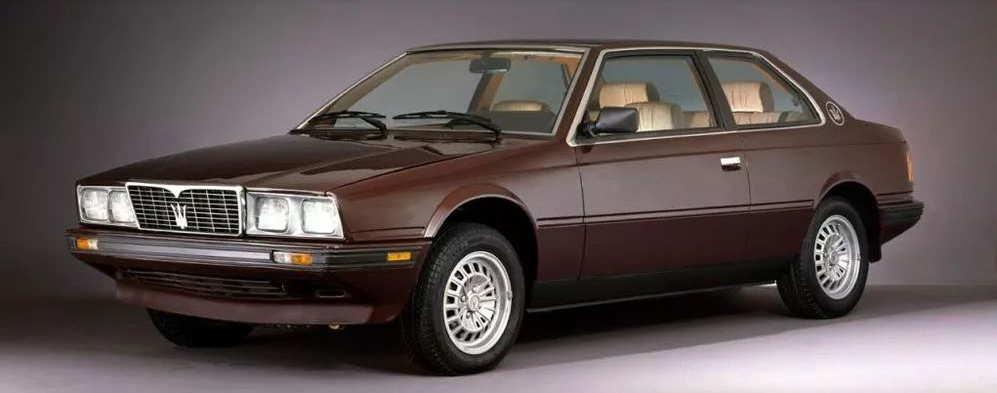
The Porsche 959, introduced in 1986, demonstrated another way of using twin turbines to reduce turbine lag - instead of parallel twin turbines, where the two turbines worked independently, the 959 used sequential twin turbines, with one turbine stepping in at low speeds and the other (or both) at high speeds. While this approach can have an impact on reliability, the fourth-generation Supra's sequential twin-turbo engine is reported to have a failure rate of less than 1%, so it is not a major problem.
The future of turbocharging
Over the past 50 years, turbochargers have undergone considerable changes, and today they are no less complex than the engine itself, and its next revolution may be coming soon: electric-assisted turbochargers are showing increasing potential.

While conventional turbochargers convert car exhaust into the electricity needed for the compressor, electronic turbines store some of the electricity and continue to provide power to the compressor even if the speed is not optimal. In theory, this eliminates the effects of turbine lag.
It may take time to see electronic turbines become mainstream, but as with the history of turbochargers, automakers have never been shy about investing time and effort in improving them. Where does it go from here? Let's wait and see.

